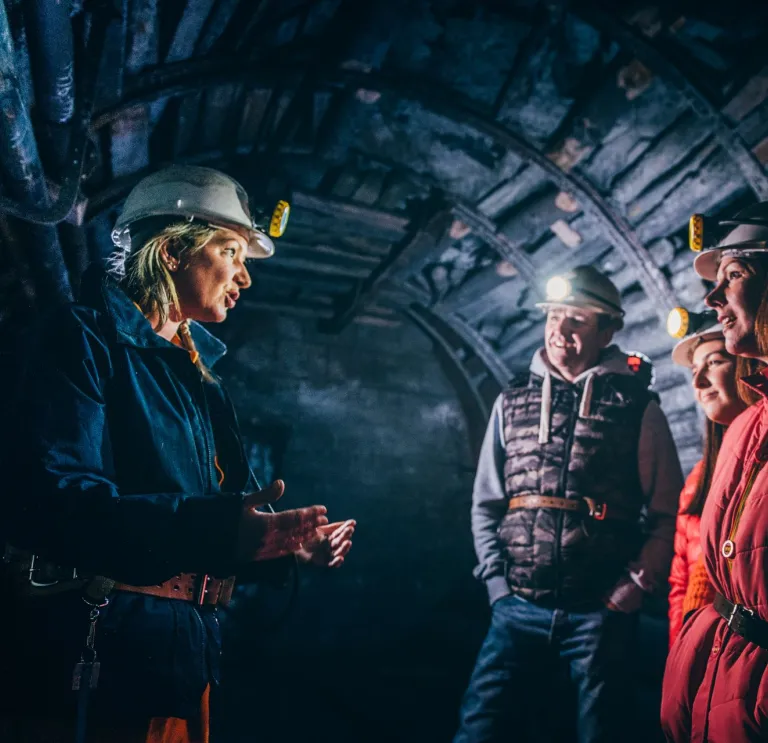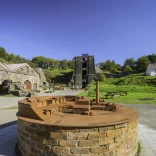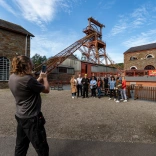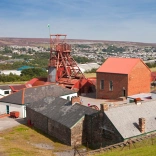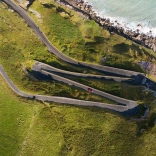Blaenavon Industrial Landscape was designated a World Heritage Site (WHS) by UNESCO in 2000. It is considered to be of outstanding international importance and has special legal protection. Blaenavon is at the gateway to the South Wales Valleys and partly in the Bannau Brycheiniog (Brecon Beacons) National Park. It was one of the world’s major producers of iron ore, coal and limestone in the 18th century. The growth of the iron industry, with its coal mines, quarries and horse-drawn railways/tram roads, canals and steam railways meant the population of Blaenavon had peaked at nearly 12.5k in 1921.
The site has remains of all of the necessary elements needed for the iron and coal industry, including: quarries, coal mines, railway systems, furnaces, ironworkers’ cottages, workmen's hall, schools, churches and chapels.
Blaenavon town centre
Blaenavon is one of Wales’ highest towns, which is almost 1378ft (420m) above sea level. Although it is a small town, there is a range of independent shops selling gifts, ceramics, local produce, books and jewellery including Artie Craftie – an award winning retailer, and Blaenafon Cheddar Company where your clients can enjoy a 45min talk and cheese tasting session, or a full day including lunch - with free lunch for the driver (pre-booking required).
The refurbished Blaenavon Workmens Hall is a fine example of a miners’ institute housing a museum, 350 seat auditorium, 69 seat cinema, snooker room, bar and meeting room. It can be visited by prior appointment. The museum holds a collection of the novelist, Alexander Cordell’s personal effects, including his writing desk. He immortalised the people who lived and worked in Blaenavon.
Blaenavon World Heritage Centre is also situated in the town where films and effective multi-media displays explain the significance of Blaenavon and its many attractions. There is a well-stocked Information Centre, shop and café on site. Allow 1hr at the centre. The café provides a lunch stop and there is an opportunity to visit St Peter’s Church, gifted to the town by the first ironmaster in 1805. Staff at the centre offer educational packages and guided tours of the area on request to get visitors out and about exploring the landscape.
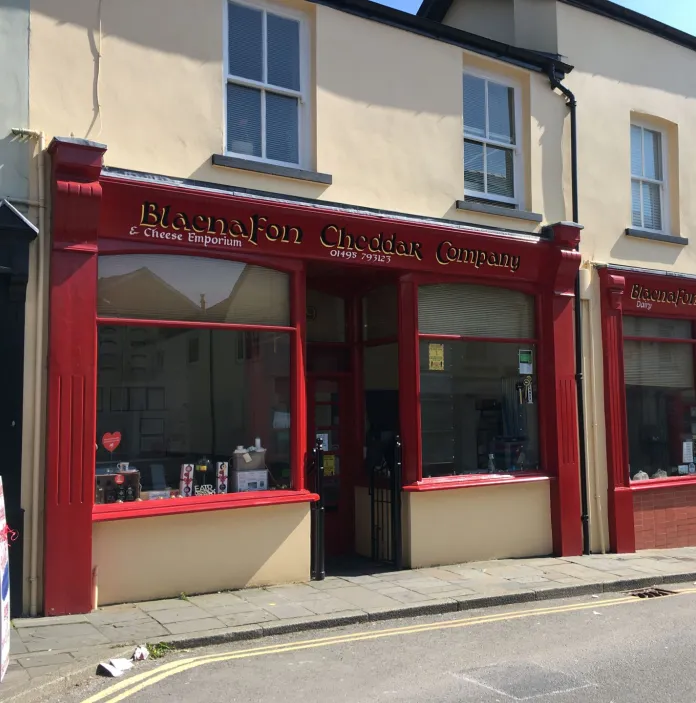
Blaenavon Ironworks
Blaenavon Ironworks is a 6min walk from the Heritage Centre. Production at the site began in 1789 and is considered to be the best preserved ironworks in the world. The Bessemer converter was discovered by two cousins in 1875 and was crucial to the production of steel – eliminating impure phosphorus from iron ores. The ruined blast furnaces are still visible, alongside the impressive remains of the foundry, cast house and water balance tower that raised wagons 80ft (24.4m) into the air. Walk to the top for magnificent views of the valleys and the Big Pit National Coal Museum. There are information audio posts at various points explain the iron making processes. Furnished workers’ cottages, an on-site exhibition and a gift shop are also on-site.
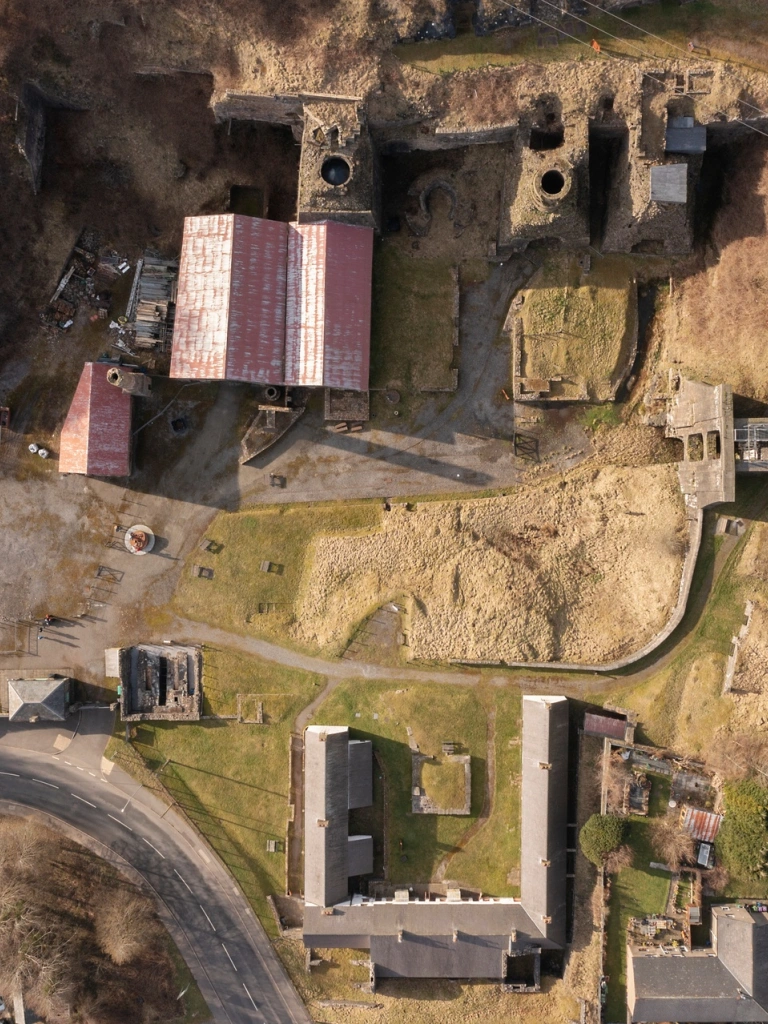
Big Pit National Coal Museum
Tours will take your clients 300ft (90m) deep underground at Big Pit National Coal Museum. The working mine which opened in 1850 closed in 1980 and is one of very few mines worldwide where visitors get the opportunity to walk through the old tunnels of a former coal mine. Visitors will be equipped with a helmet, cap lamp, belt, battery and ‘self-rescuer’ (a breathing aid) used by miners. They are lowered down the mineshaft in a cage to see a section of original underground workings. Former miners deliver an authentic interpretation with great Welsh humour. Your clients will also visit the exhibition areas following investment in the Pithead Baths, the former changing rooms and showers, and watch a 20min audio visual presentation. The former workers canteen is now a café, and there is a shop and gardens on-site.
Allow a minimum of 2hrs. There is ample parking for coaches at the site. It is free to visit but there is a small fee to allocate a time slot for an underground tour during weekends and school holidays. Pre-booking is required for groups of 10 or more.
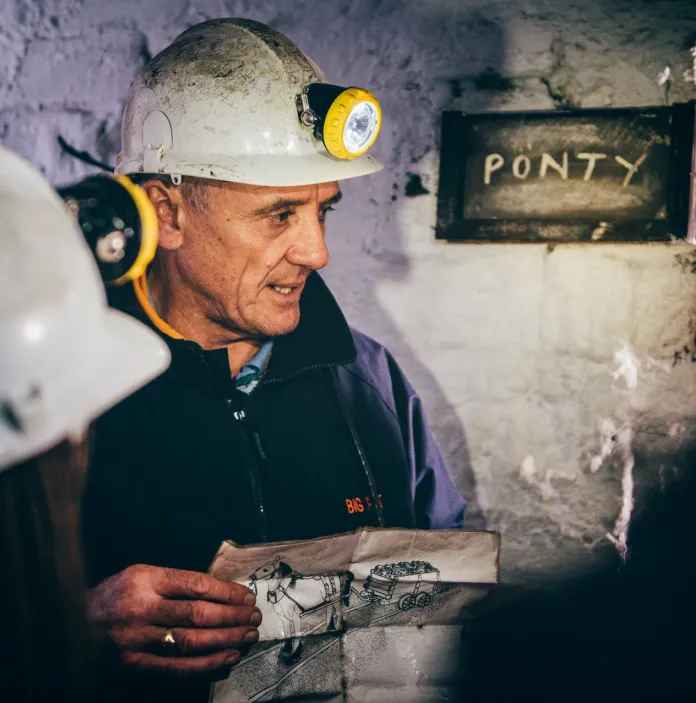
Blaenavon’s Heritage Railway
A great way for your clients to see the Blaenavon World Heritage landscape is on a steam train. Blaenavon Heritage Railway travels on the edge of the Bannau Brycheiniog (Brecon Beacons) National Park for 3.5 mile (5.6 km). Friendly volunteers operate steam and diesel services on weekends and bank holidays in spring and summer. There is ample coach and car parking at the main station, together with refreshments, toilets and a gift shop. Group discounts are available with a range of catering options.
Walks
There are many treasure trails and walking routes in and around Blaenavon, available free from the Heritage Centre or downloadable from the website. Garn Lakes is a peaceful place for walking, cycling and picnics on dedicated paths surrounded by wildlife. The two lakes were once spoil tips and old colliery workings which were transformed into a local nature reserve thanks to a land reclamation scheme. Keeper's Pond (or Pen-Ffordd-Goch Pond) is also close by where clients can walk around the pond and take in the spectacular views. It was purposely built in the early 1800's to provide water for the nearby forge.
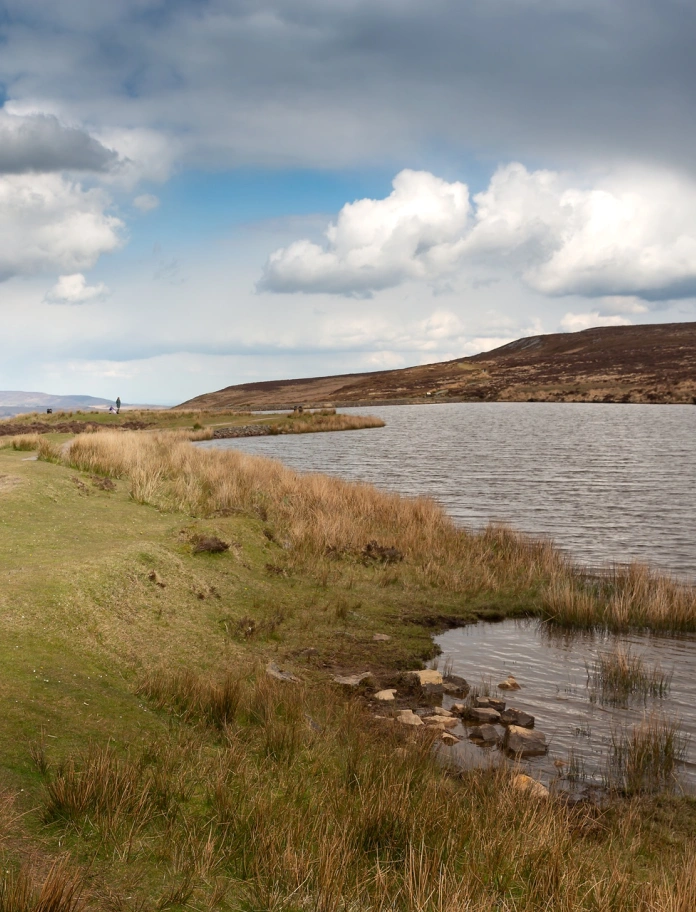
Coach parking is available at Big Pit, the Ironworks and the Heritage Railway. Whilst there are currently no dedicated coach parking bays in the town centre, a coach drop off space can be found in the World Heritage Centre car park on Church Road and spaces for smaller (30 seater) coaches are available in Prince Street Car Park. Both are within a short walking distance of the town.
